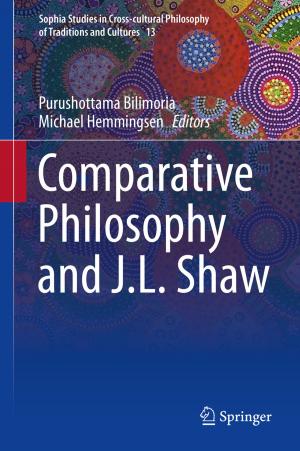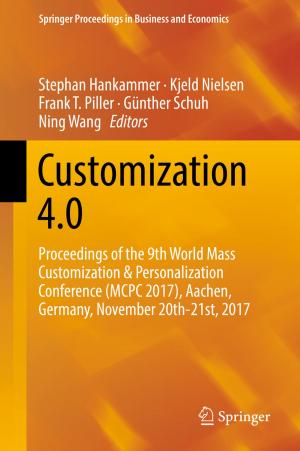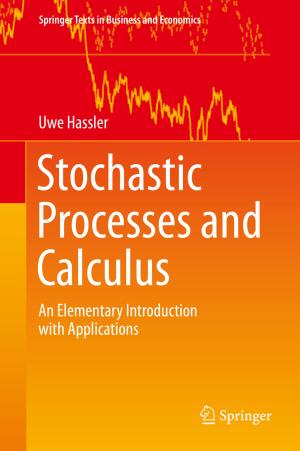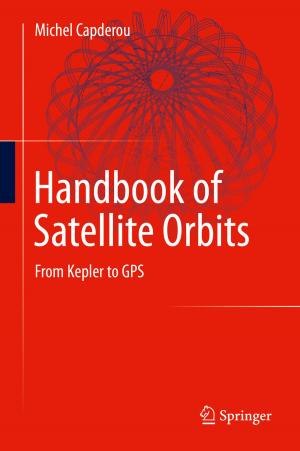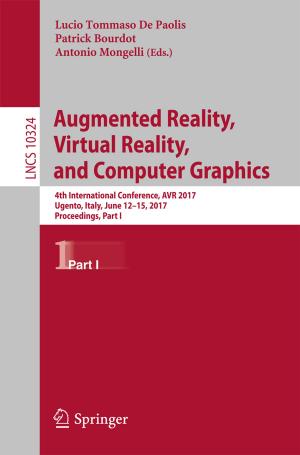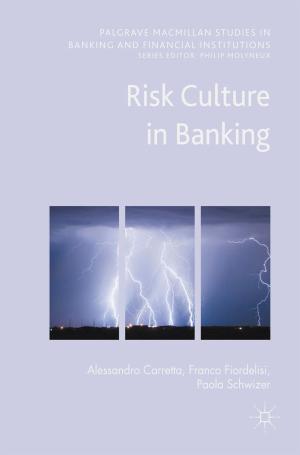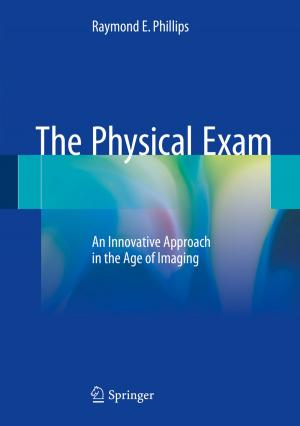Physics with Electrons in the ATLAS Detector
Nonfiction, Science & Nature, Science, Physics, Nuclear Physics, Mathematical Physics| Author: | Kurt Brendlinger | ISBN: | 9783319739304 |
| Publisher: | Springer International Publishing | Publication: | January 30, 2018 |
| Imprint: | Springer | Language: | English |
| Author: | Kurt Brendlinger |
| ISBN: | 9783319739304 |
| Publisher: | Springer International Publishing |
| Publication: | January 30, 2018 |
| Imprint: | Springer |
| Language: | English |
This thesis presents two production cross-section measurements of pairs of massive bosons using final states with leptons, made with the ATLAS detector at the Large Hadron Collider. The first measurement, performed using data collected in 2012 at center-of-mass energy √ s = 8 TeV, is the first fiducial and differential cross-section measurement of the production of the Higgs Boson when it decays to four charged leptons (electrons or muons). The second measurement is the first fiducial and inclusive production cross-section measurement of WZ pairs at center-of-mass energy √ s = 13 TeV using final states with three charged leptons.
A significant portion of the thesis focuses on the methods used to identify electrons from massive boson decay—important for many flagship measurements—and on assessing the efficiency of these particle identification techniques. The chapter discussing the WZ pair cross-section measurement provides a detailed example of an estimate of lepton background in the context of an analysis with three leptons in the final state.
This thesis presents two production cross-section measurements of pairs of massive bosons using final states with leptons, made with the ATLAS detector at the Large Hadron Collider. The first measurement, performed using data collected in 2012 at center-of-mass energy √ s = 8 TeV, is the first fiducial and differential cross-section measurement of the production of the Higgs Boson when it decays to four charged leptons (electrons or muons). The second measurement is the first fiducial and inclusive production cross-section measurement of WZ pairs at center-of-mass energy √ s = 13 TeV using final states with three charged leptons.
A significant portion of the thesis focuses on the methods used to identify electrons from massive boson decay—important for many flagship measurements—and on assessing the efficiency of these particle identification techniques. The chapter discussing the WZ pair cross-section measurement provides a detailed example of an estimate of lepton background in the context of an analysis with three leptons in the final state.


